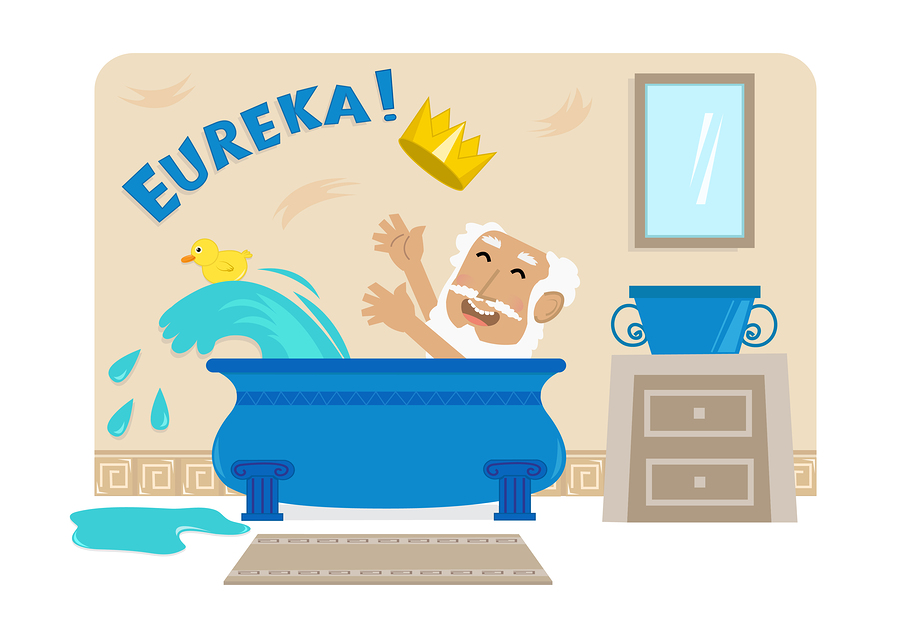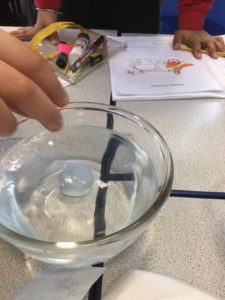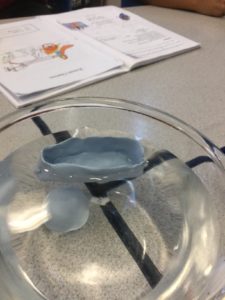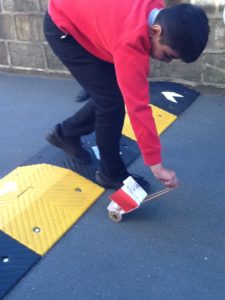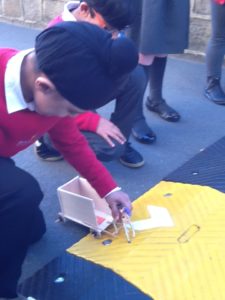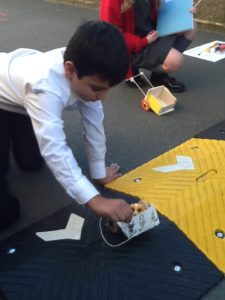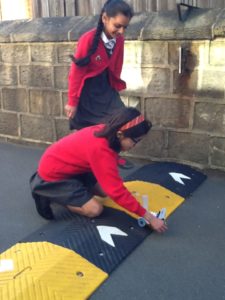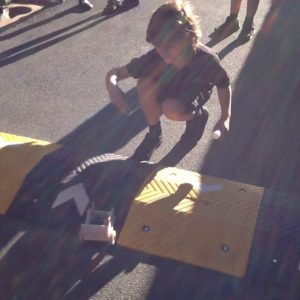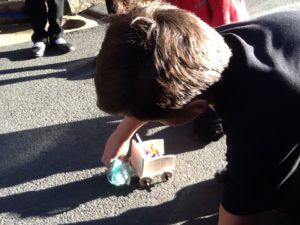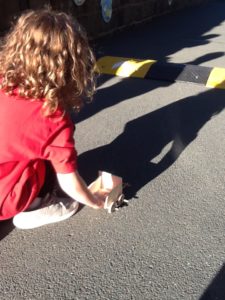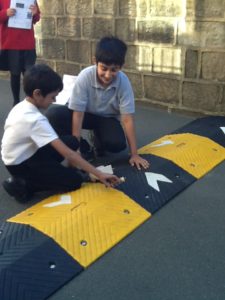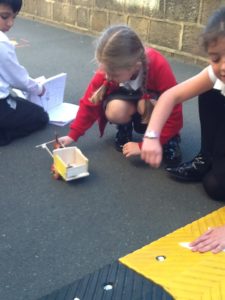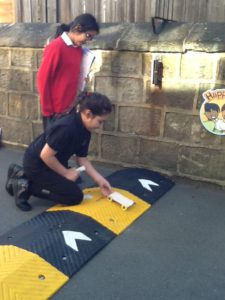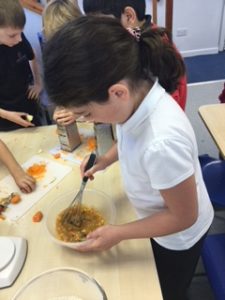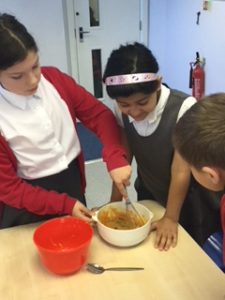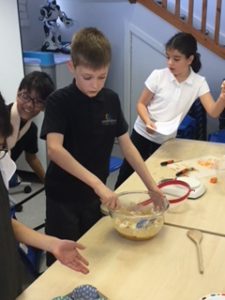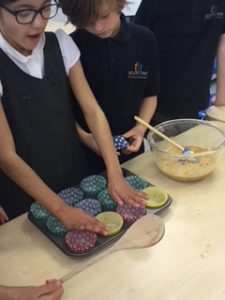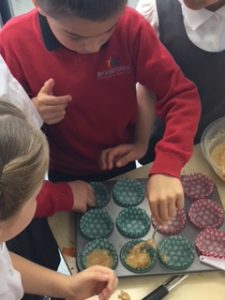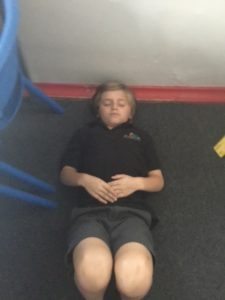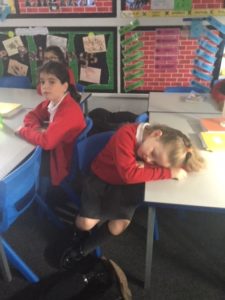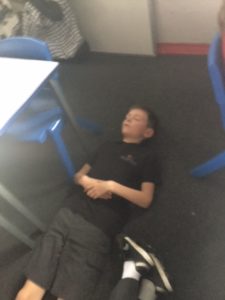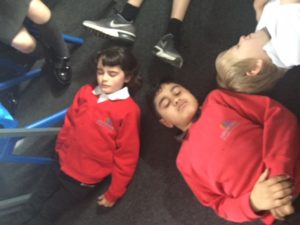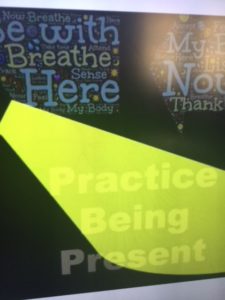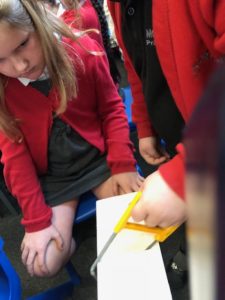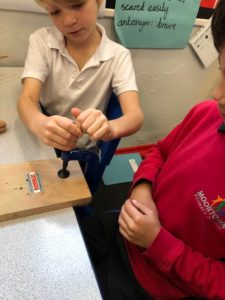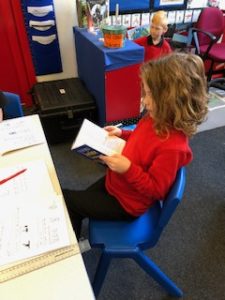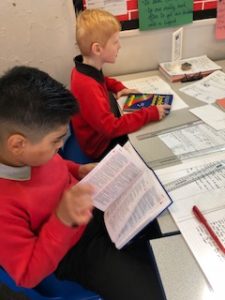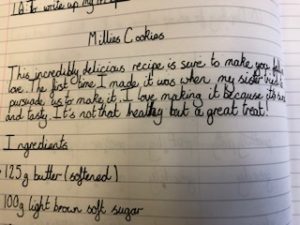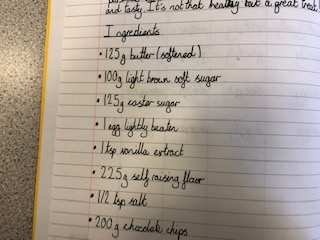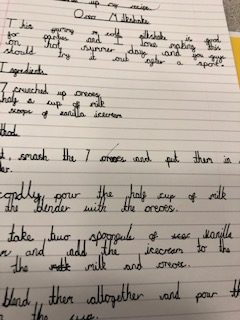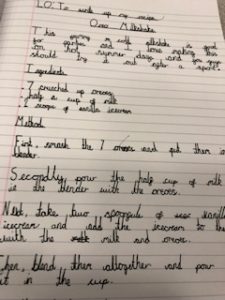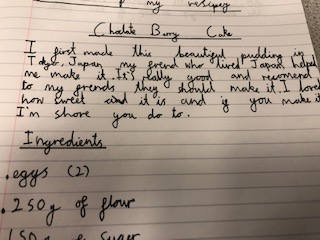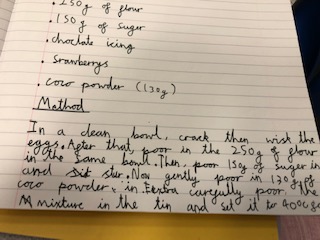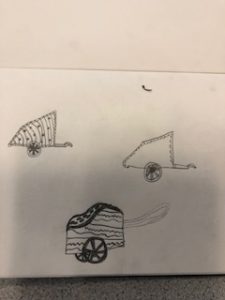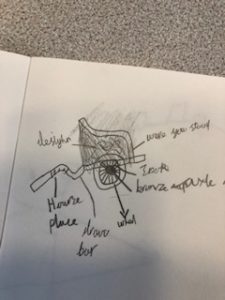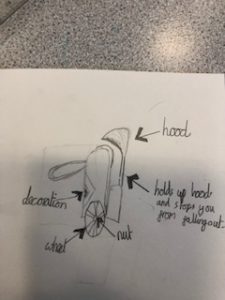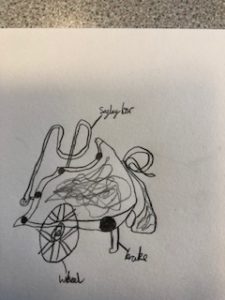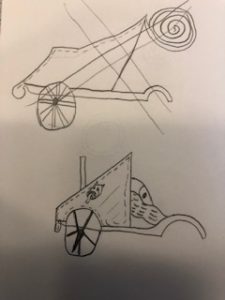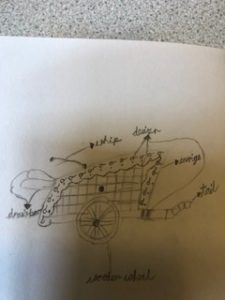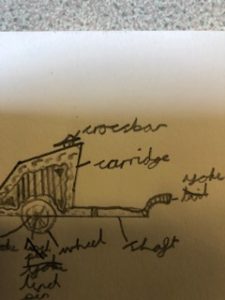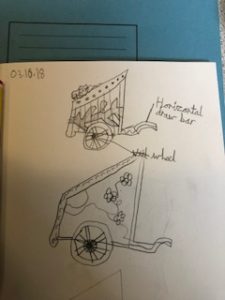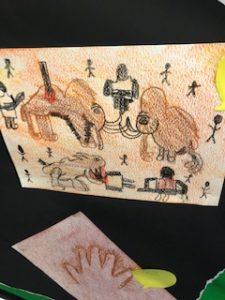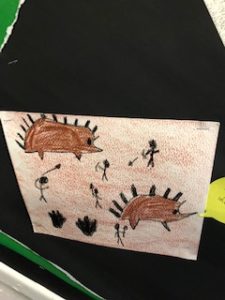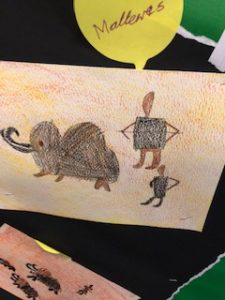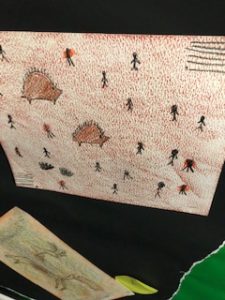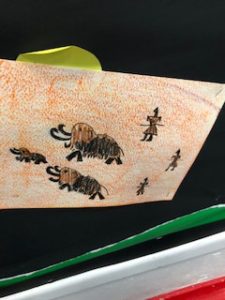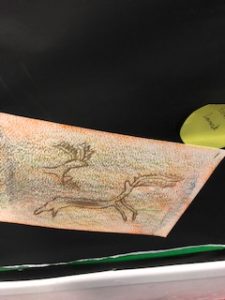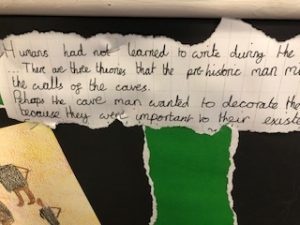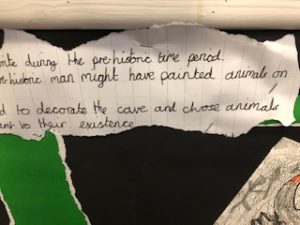LO: RIC
To link reading to our current topic (Time Travel – Transport), the children in Year 4 were asked: “Did wealth affect the way people travelled?”
One of the history age related requirements for Year 4 is that, children recognise that the lives of wealthy people were very different from those of poor people.
With this in mind, the class were given a RIC reading starter as a fifteen minute activity at the beginning of our topic lesson. You have probably heard your child talking about RIC reading activities. These sessions are fairly short and the children have just three questions to answer all with a different focus. This is done independently and, when complete, we discuss the responses to the questions. Purple pens are used to mark, correct, edit and improve answers.
This was our topic themed RIC this week.
Retrieve (fact finding)
What can you see, that is the same, in all three pictures?
Interpret / Inference
Would you need to be rich to stay in these rooms? Explain
Choice (language, structure, presentation, thinking about the choices made by the author/director/artist)
What do you think the illustrator is trying to do by showing these images?
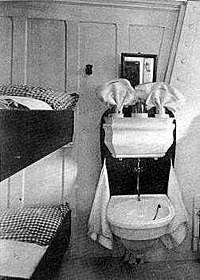
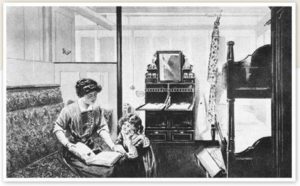
R I can see beds, doors, mirrors, walls and pillows.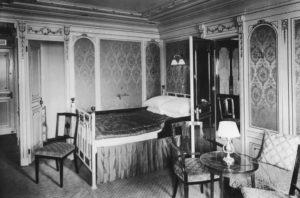
I Yes. They look like bedrooms from old Victorian houses. The third one looks like it would cost a lot of money.
One bedroom looks posh because it has a sofa in. The top room looks very small. I’m not sure if that is a sink or a toilet? Rich people wouldn’t have a toilet next to a bed. Two of the rooms look comfortable because they are bigger.
C I think the pictures show what Victorian bedrooms looked like. Maybe how much houses cost and how big they were? They are all different sizes and only rich people had a sofa in their bedroom. To show that if you had a lot of money you could have a bigger house.
After this activity, we discussed the class system in Victorian times and the impact wealth had on peoples’ lives. I questioned the children more about the images.
“Where do you think they were taken?
What have they got to do with transport?
Are they all in the same place?”
There were some superb responses and the children were intrigued to find out more. With a few clues, I informed the class that the rooms were all cabins on the Titanic! This then created lots more discussion about the famous disaster. Next, we will look at a cross section of the ship and where each type of cabin was situated. Did this affect survival rates?


